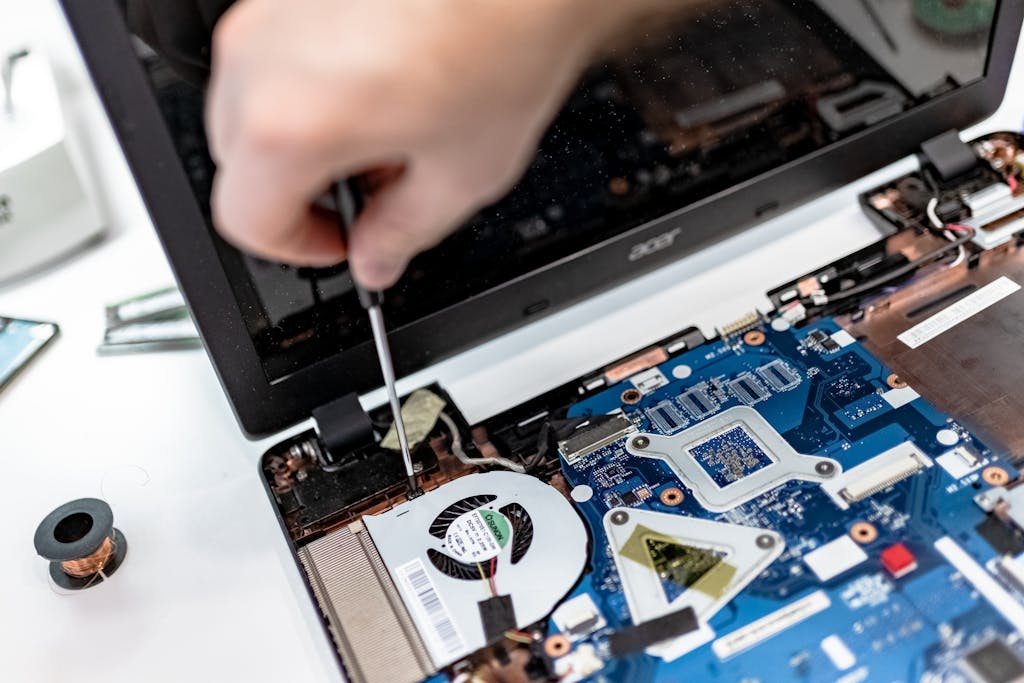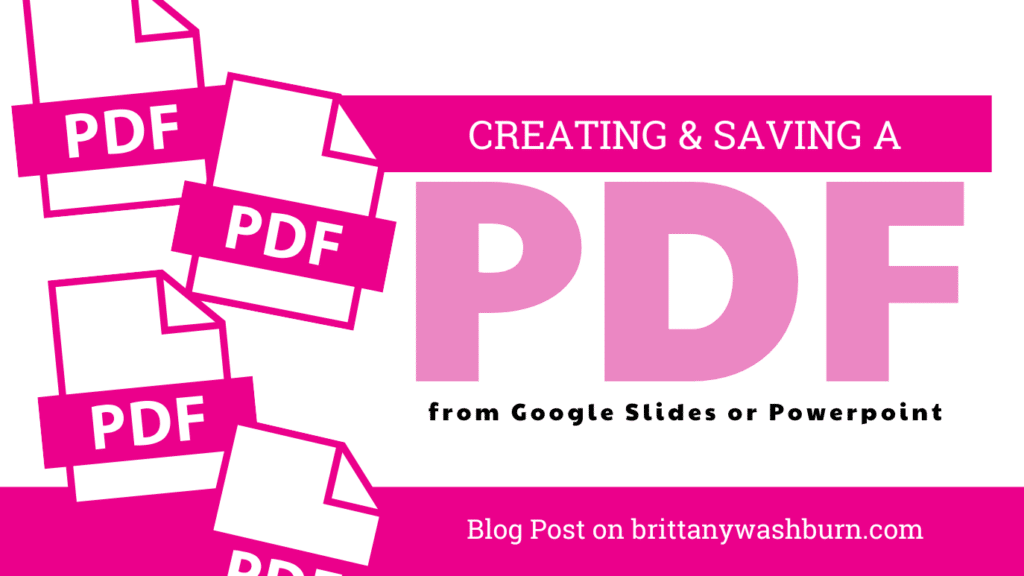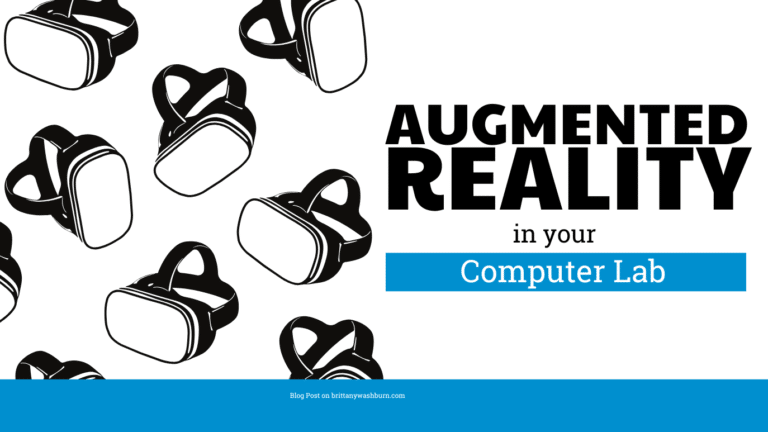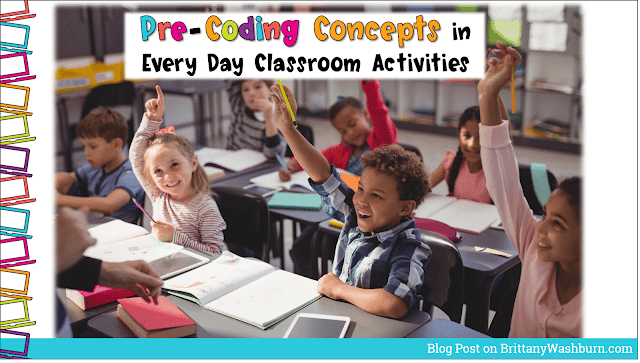How to Use QR Codes in the Classroom
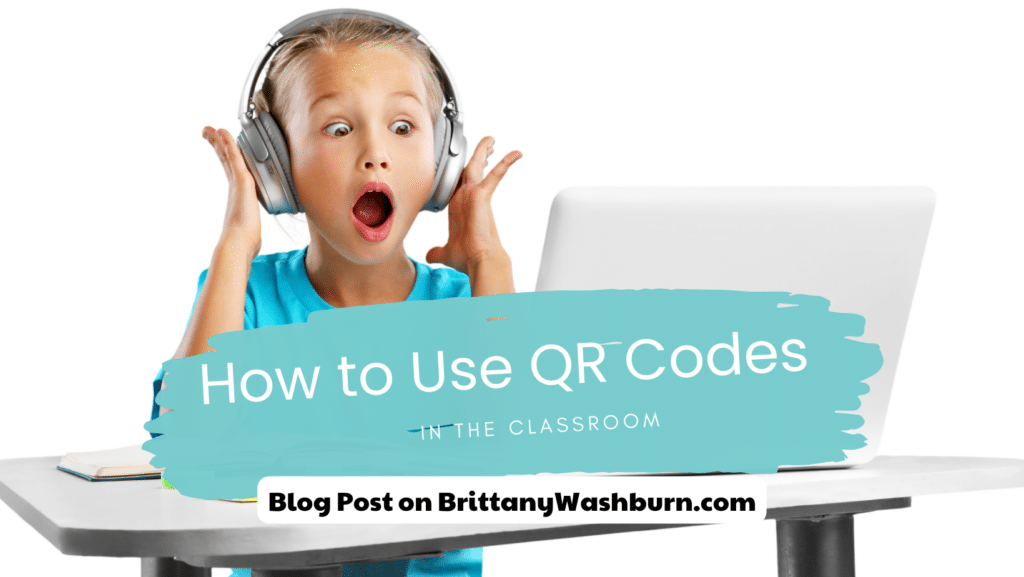
QR codes are ubiquitous in modern society, and their use in education is becoming increasingly popular. These digital barcodes are an innovative way to integrate technology in the classroom and provide students with a unique learning experience. From interactive learning to gamification, QR codes offer endless opportunities for engagement and creativity. In this article, we’ll explore how to create QR codes and how to have students scan them, as well as the different ways QR codes can be used in education. Whether you’re a teacher looking to enhance your lesson plans or a student eager to explore new technology, this guide will help you get started with QR codes in education.
Understanding QR Codes: An Introduction
What are QR Codes?
QR Codes, or Quick Response Codes, are two-dimensional black and white codes that can be scanned with a smartphone or tablet camera to provide information or content. These codes can contain a range of information, from basic text to website URLs, images, and videos.
History of QR Codes
QR codes were first invented in 1994 by a Japanese company named Denso Wave. Initially, they were used for tracking automotive parts in the manufacturing industry. However, their potential for wider use was soon realized, and they became popular in marketing, advertising, and other fields.
How do QR Codes work?
QR codes work by using a combination of black and white squares to represent data in a machine-readable format. The camera on a smartphone or tablet scans the code, and the information is quickly decoded and displayed on the device’s screen. QR codes can hold significantly more data than traditional barcodes, making them a versatile tool for a variety of applications.
Applications of QR Codes in Education
QR Codes for Classroom Management
QR Codes can be used to streamline classroom management tasks, such as taking attendance or collecting assignments. Teachers can create a unique code for each student and scan it quickly to log their attendance or track their progress.
QR Codes for Interactive Learning
QR Codes can be used to provide additional resources or interactive activities for students, such as scavenger hunts or quizzes. Teachers can create codes that link to online resources, videos, or quizzes, and place them around the classroom for students to discover.
QR Codes for Gamification
QR Codes can be used as part of gamification strategies to increase student engagement and motivation. Teachers can create codes that link to rewards, such as bonus points or prizes, that students can scan and redeem for achievements.
Step-by-Step Guide to Creating QR Codes
Choosing a QR Code Generator
There are several free QR code generators available online that allow users to create custom codes quickly and easily. Some popular options include QR Code Generator, QR Stuff, and QR Code Monkey.
Embedding Text, Images and URLs in QR Codes
When creating a QR code, users can embed a variety of different data types, including text, images, and URLs. Simply enter the desired content into the generator, and it will create a unique code that can be scanned to access the information.
Customizing QR Codes with Colors and Logos
Customizing QR codes with colors and logos can make them more visually appealing and engaging for students. Many QR code generators allow users to select custom colors and upload logos to incorporate into the design.
QR Code Scanners: A Comprehensive Overview
Types of QR Code Scanners
There are several types of QR code scanners available, including smartphone and tablet apps, web-based scanners, and standalone scanners. Each type has its own set of advantages and disadvantages, depending on the specific application and use case.
Comparison of Popular QR Code Scanners
Popular QR code scanners include QR Code Reader, Bar-Code Reader, and NeoReader. Each scanner has its own unique features and capabilities, making it important to choose the right one for your specific needs.
How to Download and Install a QR Code Scanner
Most QR code scanners can be easily downloaded and installed from the app store on a smartphone or tablet device. Simply search for the desired app, click download, and follow the on-screen instructions to install and set up the scanner.
Creative ways to Use QR Codes in the Classroom
QR codes are a versatile and fun tool for educators to incorporate into lessons. Here are a few creative ways to use QR codes in the classroom:
Scavenger Hunts and Escape Rooms
QR codes can add an extra layer of excitement to scavenger hunts and escape rooms. Place QR codes around the room or school for students to scan and receive clues or information. This can be a great way to teach critical thinking and problem-solving skills in a group setting.
QR Code Book Reviews and Presentations
Encourage students to create QR codes that link to short book reviews or class presentations. This is a fun and interactive way for students to share their thoughts and knowledge with their classmates. Teachers can also use QR codes to provide additional resources or information about the subject matter.
Virtual Field Trips with QR Codes
Create a virtual field trip by placing QR codes around the classroom that link to different locations. This can be a great way to teach geography or to explore new cultures. Students can scan the QR codes and explore the location using Google Maps or other online tools.
Best Practices for Implementing QR Codes in Education
While QR codes can be a valuable tool in the classroom, it’s important to use them responsibly. Here are a few best practices for implementing QR codes in education:
Introducing QR Codes to Students
Before diving into QR code activities, it’s important to introduce students to what QR codes are and how they work. Spend some time explaining how to scan QR codes and make sure that all students have access to a device that can scan them.
Addressing Privacy and Security Concerns
When creating QR codes that link to online content, it’s important to address privacy and security concerns with students. Teach them how to identify trusted sources and what information to avoid sharing online.
Evaluating the Effectiveness of QR Codes in Education
It’s important to evaluate whether QR codes are an effective learning tool for your students. Keep track of engagement levels and monitor student progress to determine if QR codes are helping them to achieve their learning goals. If not, adjust your approach or try a different teaching tool.
QR codes can be a powerful tool for educators and students alike, providing a fun and interactive learning experience. By creating and scanning QR codes, students can explore new subjects, engage with classroom materials, and develop critical thinking skills. With the ever-growing technology landscape, QR codes have become an essential part of modern education. By following the steps outlined in this guide and implementing best practices, teachers can encourage students to interact with learning materials in new and exciting ways. So go ahead and try it out, create your own QR code, and experience the benefits of this innovative technology firsthand.
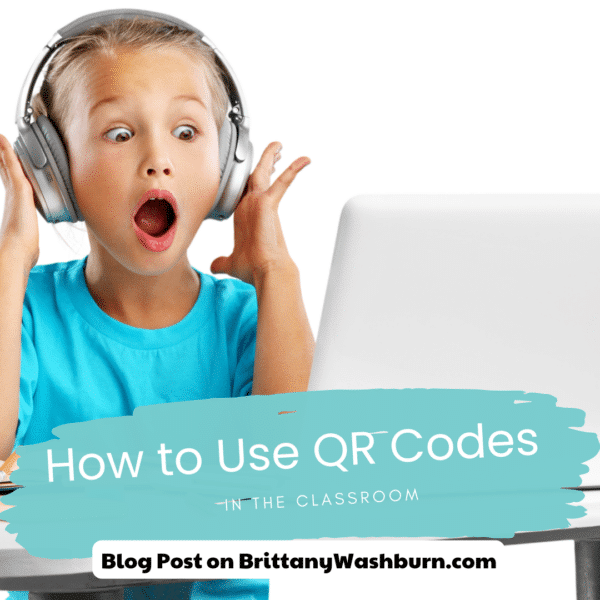
FAQs
1. Do I need special software to scan a QR code?
No, you do not need any special software to scan QR codes. Most smartphones and tablets have a built-in QR code reader in their camera app. However, if your device doesn’t have a built-in reader, you can easily download a free QR code scanner from your device’s app store.
2. Can QR codes be used in all subjects?
Yes, QR codes can be used in almost any subject. Whether you’re teaching math, science, social studies, or language arts, QR codes can be a valuable addition to your lesson plans. From interactive quizzes to virtual field trips, QR codes offer endless possibilities for engaging classroom activities.
3. Can QR codes be used for assessments?
Yes, QR codes can be used for assessments. For example, you can create a quiz with QR codes that students can scan to answer questions. You can also use QR codes for exit tickets, where students scan a code to answer a question about the day’s lesson. However, it’s important to ensure that the use of QR codes for assessments is fair and accessible to all students.
4. Are there any safety concerns with using QR codes in the classroom?
There are some safety concerns to keep in mind when using QR codes in the classroom. It’s important to ensure that the QR codes are safe and not linked to any malicious websites. Additionally, it’s important to ensure that students’ privacy is protected when using QR codes. It’s recommended to educate students on safe and responsible use of technology and to address any privacy and security concerns beforehand.

Check out some more tech tip blog posts:
Effective Email Management for Teachers: Organizing, Filtering, and Staying On Top of Messages
Effective email management is crucial for teachers to stay organized, communicate effectively, and keep track…
How to Convert PowerPoint Presentations to Google Slides (and Why You Should)
Teachers often create resources in PowerPoint, but as more schools adopt Google Workspace, it’s becoming…
Basic Troubleshooting Tips for Common Technology Issues in the Classroom
With the integration of technology in the classroom comes a myriad of potential issues that…
Essential Keyboard Shortcuts Every New Teacher Should Know
Keyboard shortcuts are a great way to save time and effort, something every teacher desperately…
Creating and Saving a PDF from Google Slides or PowerPoint
Creating a Google Slides or PowerPoint presentation and saving it as a PDF is easier…



